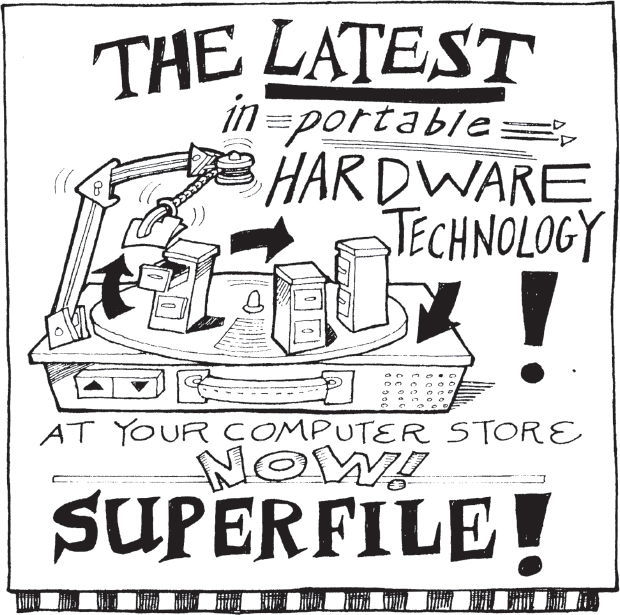CHAPTER 17
FILE MANAGEMENT

Thomas W. Sperling
17.0 INTRODUCTION
Most direct interactions between the user and the computer involve significant use of the file management system layer of the operating system. From the perspective of the user, the file management system is one of the most important and visible features of the operating system. Most user commands, whether typed into a command line interface (CLI) or activated with a mouse or finger, are operations on files. Although hidden better from the user, smartphones, tablets, and E-books are file-based as well. Many interactions between programs and the operating system are file requests. When a user retrieves a document file using the drop-down file menu in a word processor, the word processor program is using the services of the operating system file manager to retrieve the document file. Even the database management application software requires the services of the file management system to perform its file storage and retrieval operations. It is the file management system software that allows users and programs to store, retrieve, and manipulate files as logical entities, rather than as physical blocks of binary data. Because of its importance and visibility to the user, we have chosen to discuss the file management system separately from the rest of the operating system.
We begin this chapter by reviewing the differences ...
Get The Architecture of Computer Hardware, Systems Software, & Networking: An Information Technology Approach, 5th Edition now with the O’Reilly learning platform.
O’Reilly members experience books, live events, courses curated by job role, and more from O’Reilly and nearly 200 top publishers.

